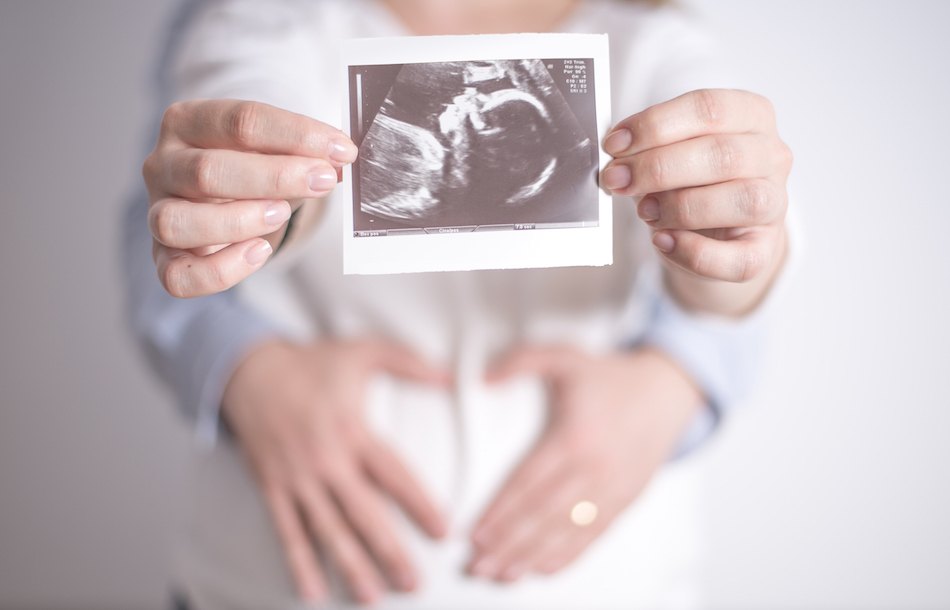Pregnancy comprises a nine month long, magical period where a woman can contain life within her womb. For many couples, getting pregnant is difficult and occurs after months of trying to conceive. Irrespective of whether it was a long time coming or a one-time effort, the opportunity to see a proof of the life growing inside of you, a pictorial representation of some sort, is more than welcome to the expecting parents. Nine months can seem to be a long time and these ultrasound reports with proof of your baby are markers to how your life is about to change.
If you are wondering if the rays passed through your body and at your baby are harmful, you are already on your way in becoming a good parent. A few medical researches have suggested that a sustained exposure of the foetus to the ultrasound rays can be harmful and may result in stunted growth. To find out if ultrasound is safe for your baby, it is important to pay attention to a few aspects.
Is Ultrasound Safe During Pregnancy?
Read More: Could Ultrasound Harm My Baby?
What is an ultrasound?
The technology of an ultrasound has been used to obtain a picture of the foetus for decades now. If you are wondering, ‘is ultrasound safe for my baby’, it is imperative that you know what exactly happens during an ultrasound test. Here is an outline of the process:
- During an ultrasound, sound waves are passed through your body. The waves go through your body- skin, flesh and muscles, and through organs like the uterus. The waves then bounce off the body of the foetus, giving you an outline of the foetus itself.
- This outline shows up on the picture that we are all eager to see. The echoes of the sound waves appear in the image on screen- this allows the sonographer to record the position of the foetus in the uterus and its movements within.
- The length and frequency of the sound waves respectively indicate the type of scan being carried out and how far along you are in your pregnancy.
- A small amount of heat may be generated in your body due to the ultrasound but nothing that is detrimental or harmful for the body.
- Antenatal scans produce less than 1°C of heat, nothing that can potentially cause damage to the developing foetus. For the heat to take a toll on your baby, the temperature would have to rise by at least four degrees.
Read More: 11 Benefits of Getting an Ultrasound During Pregnancy
Are ultrasounds safe for the baby?
Ultrasound has been used to obtain a picture of the growing foetus for years. They help doctors and medical professionals determine whether your pregnancy is progressing normally. If not, the doctors can have a clear idea of any abnormalities and take action accordingly. This has been the practice of the ultrasound for decades and there is no cause to wonder if ultrasound is safe when you are with child. As long as the sonographer, the person carrying out the ultrasound is well aware of the procedure, your baby and you should remain completely safe.
Read More: 7 Ways to Tell Baby’s Gender from an Early Sonogram
Types of Ultrasound
With the rapid development of science and technology, more detailed methods of carrying out the ultrasound have turned up. Here are a few pointers on the different types of ultrasounds:
- A 2D ultrasound refers to the most basic and routine scan that only gives you can image of the foetus. A low intensity of sound waves is administered across a larger surface of the abdomen to obtain a workable image of the womb. There is minimal heating involved which is absorbed by the body without any consequences.
- A 3D ultrasound is available only in private clinics which translates a version of the 2D image into a three dimensional version. The power intensity for this remains the same as that of a 2D scan, carried out for a few seconds longer.
- A 4D ultrasound test consists of capturing moving images presented in the form of a video. Presumably the intensity of power required for this test is more than the 2D and 3D tests. Even so, the doctors advice against this test only in the delicate first trimester. In case of complications, in later trimesters, the detailed information can help doctors identify the cause of the problem.
Read More: 3D/4D Ultrasound During Pregnancy: Are They Safe For My Baby?
Precautions
Over all, ultrasounds are safe, but anything in excess is going to cause a problem in such a delicate situation. Sonography to obtain souvenir images is advised against and the video sonography is suggested only in the following cases:
- If the BMR of the expecting mother is more than 35
- If you have a medical history of complicated pregnancy
- Gestational diabetes
- If you have blood pressure issues
- If you are expecting twins or more than one baby in a single delivery.
How many ultrasounds are safe during the pregnancy period?
Overall, ultrasounds are perfectly safe for your baby and cannot be medically linked to dyslexia, autism or any other disorder that is usually suggested as an effect of ultrasound. However, the sound waves are still alien into the mother’s womb and to the baby. It is not advisable to obtain images just for the sake of creating memories, but only to properly document the trajectory of development of the baby. Consult your doctor and work out how many ultrasound scans you will need through the trimesters of your pregnancy and make sure that you are on the right track from the get go.
Read More: 11 Benefits of 4D Ultrasound During Pregnancy
References
https://www.webmd.com/baby/news/20041202/multiple-pregnancy-ultrasounds-safe-for-child
https://www.babycentre.co.uk/a1014487/are-ultrasound-scans-safe
